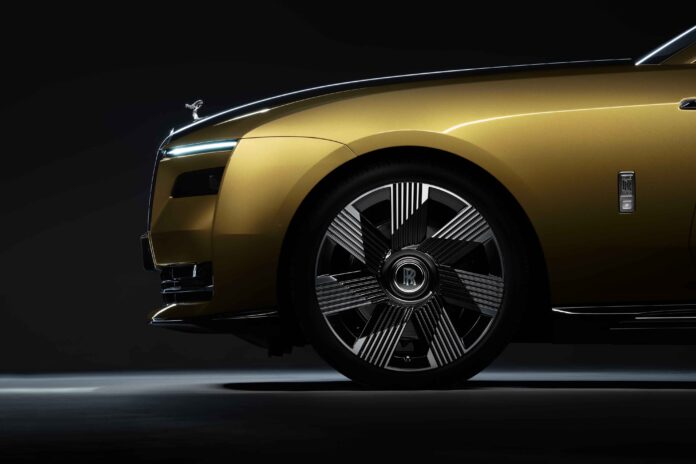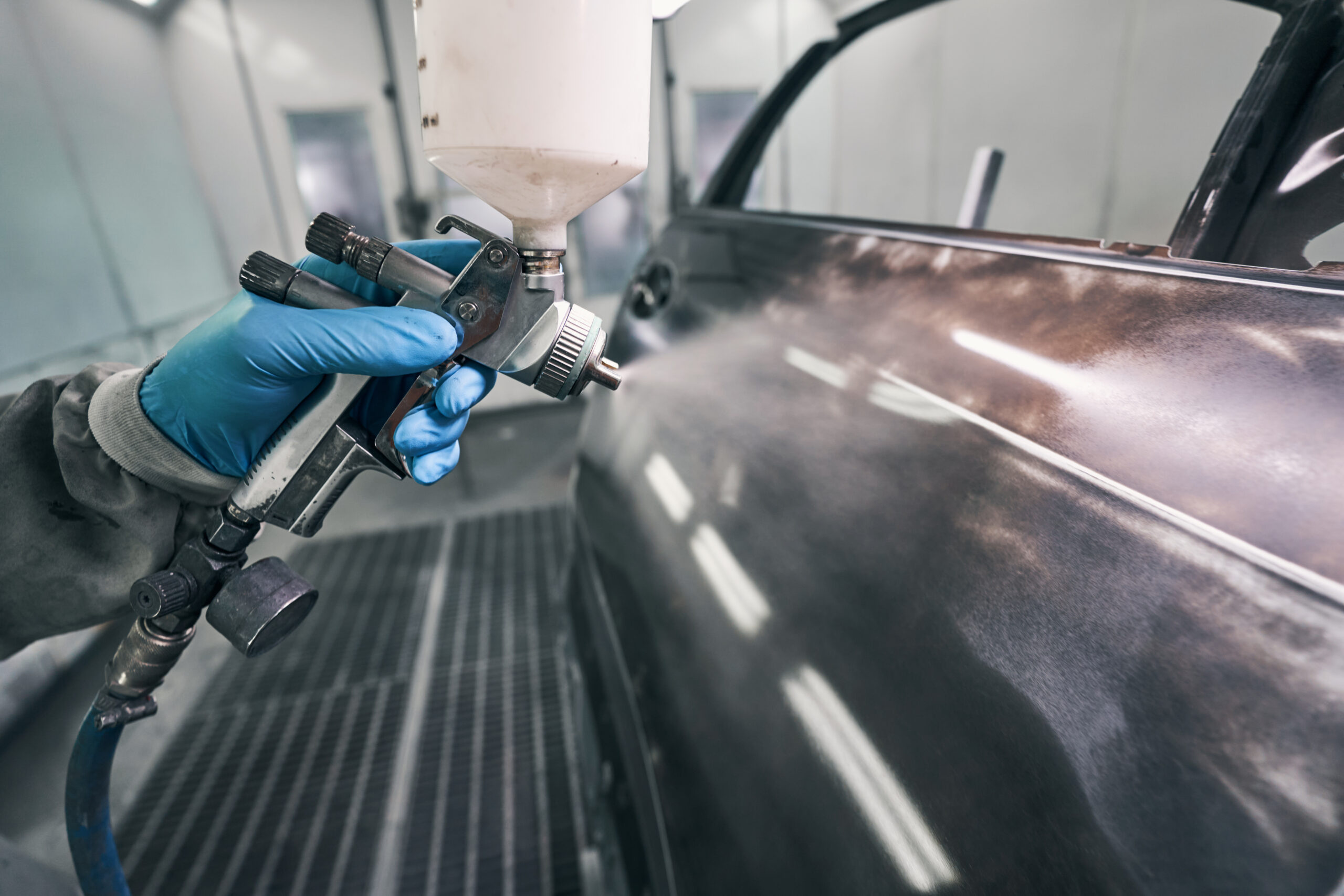The separation of Bentley from Rolls-Royce allowed both brands to benefit from significant investment, and better long-term prospects. Up to the sale Rolls-Royce Motors (which hosted Bentley and Rolls-Royce) investment was hard to come.
BMW is a technology partner with Rolls-Royce aero engines, which owned the brand name as well as the trade marks. Volkswagen Group (‘VWG’) had no such link, so were unlikely to gain Rolls-Royce.
From 2002 onwards the new architecture appeared for Rolls-Royce, which an aluminium alloy intensive body shell for the Phantom, unique versions of V12 engines and more. Usefully Rolls-Royce pricing went upwards. The addition of the slightly less expensive BMW 7 series-based Ghost, Wraith and Dawn allowed even greater brand reach. With the renewal of the Phantom and new Ghost, the entire range uses aluminium intensive body structures.
Volkswagen Group also renewed most of the Bentley platforms, but tapered the legacy product for longer whilst re-using the D segment platform for the Continental series. This resulted in a less expensive vehicle range than Rolls-Royce, but profitable. Engines ranged from the W12, biturbo V8, a hybrid V6 and Bentley’s first diesel – a biturbo V8. Of course, apart from the original 6.76 litre V8 – extensively upgraded – and the W12, the other engines were adapted VWG units.
So, you can see very little of this would have happened if VWG and BMW Group had not stepped in.
Why use a V12 engine?
For an internal combustion engine layout with least vibration are either in-line 6 cylinder or V12 cylinder units. Modern engine management systems – integrating fuelling with timing and multi stage direct fuel injection for each combustion cycle – can address other cylinder arrangements that were very difficult to achieve with purely mechanical systems.
Of course, the objective is smooth power deliver with immense torque to deliver seamless acceleration and low levels of vibration (noise, vibration & harshness – ‘NVH’) is now possible with the addition of electricity – either alone or in conjunction with an internal combustion engine.
The V12 is now deeply un-fashionable, but I suspect it will re-appear after the current production engines stop being made. As for efficacy, whilst the W12 in Bentley is magnificent it’s the V8 that is the best choice in terms of performance, and economy, with a small NVH penalty. Rolls-Royce are unlikely to completely abandon the V12, but it will not be the 6.75 litre bi-turbocharged giant of today.




